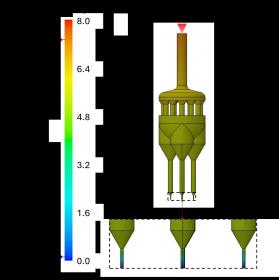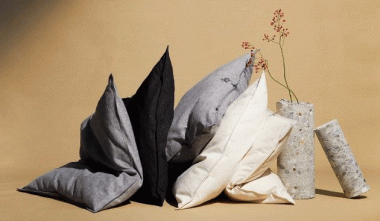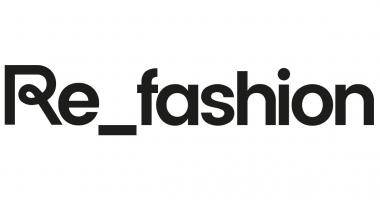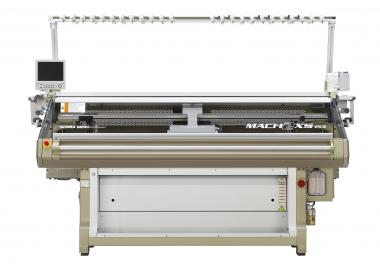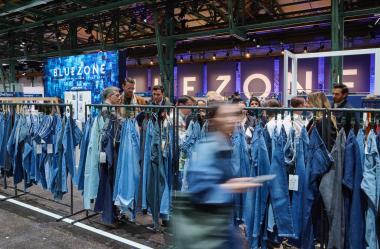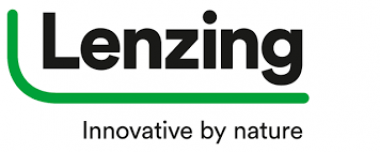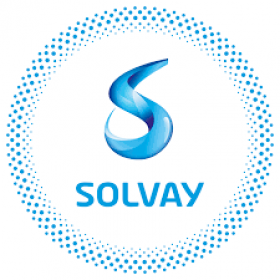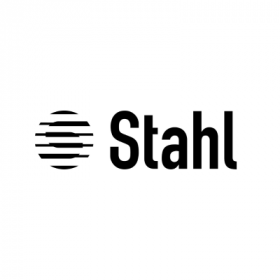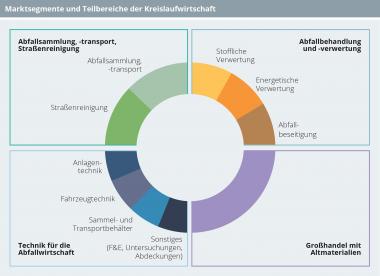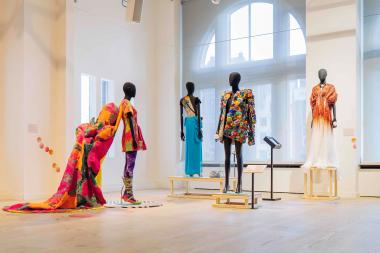ECHA: New chemicals database
ECHA CHEM is a new solution for publishing information on chemicals. The first release, available now, includes information from all REACH registrations.
ECHA’s current Information on chemicals platform, launched in 2016, grew rapidly and contains today information on over 360 000 chemicals. In 2022, ECHA announced that it would create a new system for publishing chemicals data. ECHA CHEM allows the Agency to better handle the growing diversity and quantity of data, while taking advantage of technological advancements.
ECHA maintains the largest chemicals database in the European Union (EU), combining industry-submitted data with information generated in the EU’s regulatory processes. ECHA CHEM is the new solution to share with the public the growing amount of information hosted by the Agency.
In the first version of ECHA CHEM, the information from all the over 100 000 REACH registrations are included that companies have submitted to ECHA. Later this year, the database will be expanded with the redesigned Classification and Labelling Inventory, followed by the first set of regulatory lists.







